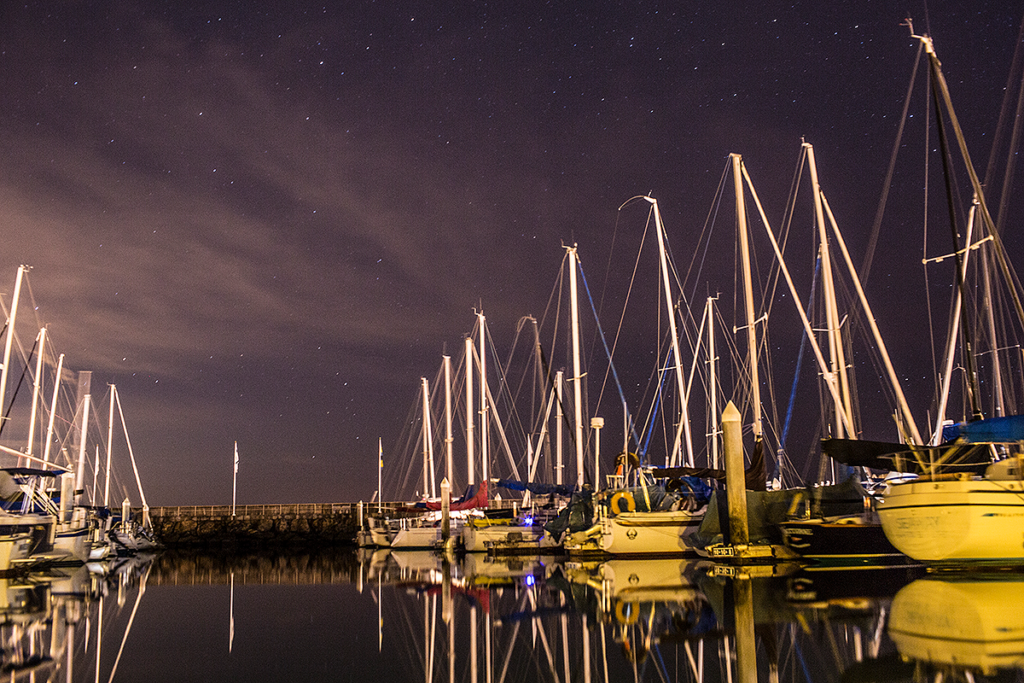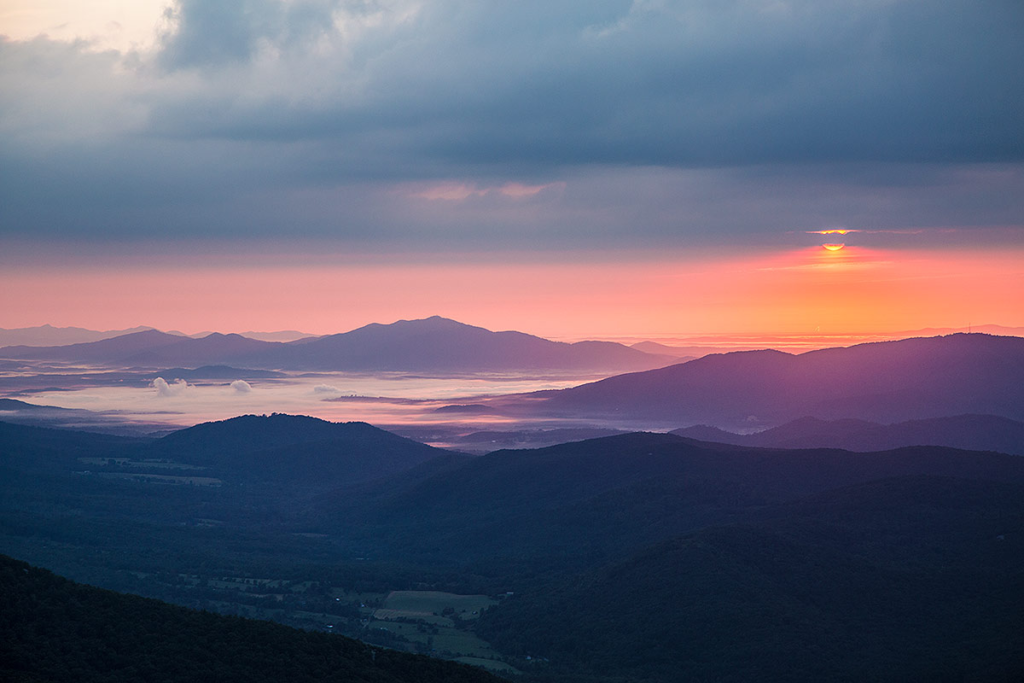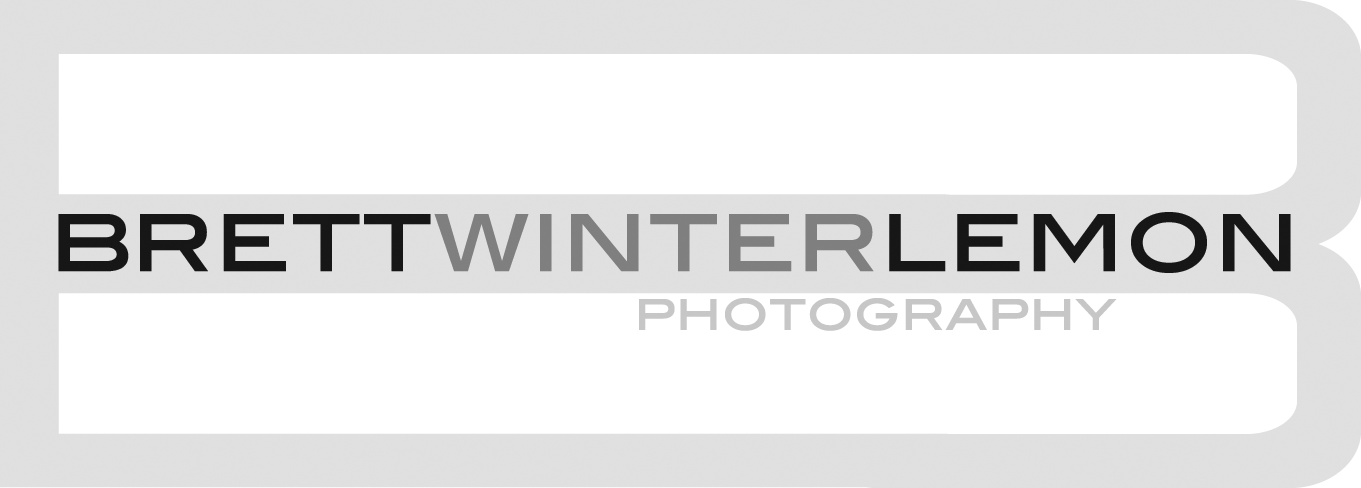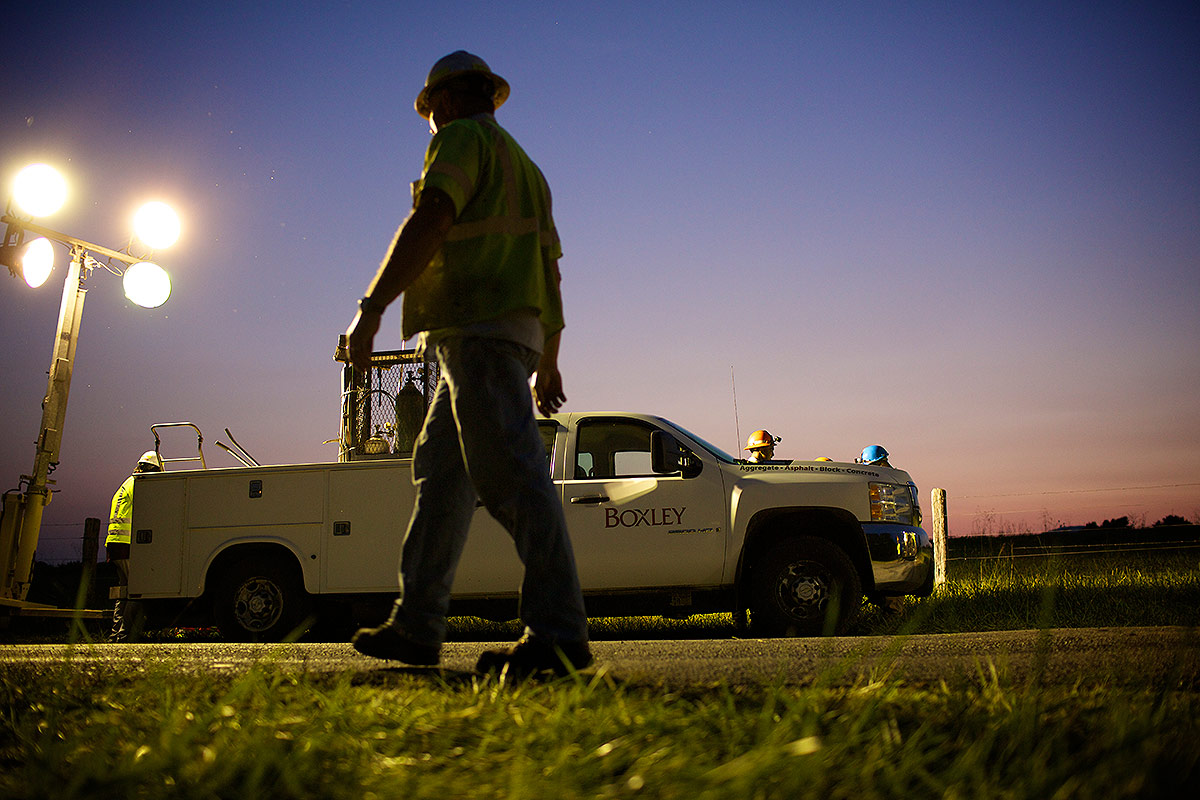Night Photography In Virginia
Night photography is difficult for many photographers and it takes a lot of skill and determination to get it right, but it can also be a very rewarding challenge.
Setting up the camera
Understanding the settings on your camera and how to properly expose a photo at night is one of the most challenging aspects of night photography. When shooting at night, it is best to use the manual setting on your camera to give you the most control over your settings. There really is no one set formula for shooting night photography, so most of it comes through experience and finding the right camera settings for the scenes you are shooting. In general, however, there are a few camera rules to help you get started. If you want a high-quality photo, use a low ISO and long exposures to allow your camera time to let light into the sensor without ruining the high resolution of your photo. If you increase the ISO, there are risks of adding too much noise to your night photo. Although noise is best avoided, a higher ISO will capture more detail in a starry sky. (Find out how to reduce noise at high ISO settings) http://www.digitalcameraworld.com/2012/05/08/how-to-reduce-noise-at-high-iso-settings/
Other photography “rules” to guarantee the most success shooting at night are to use a wide aperture and shoot in RAW mode.

Gear is also important to capture photos at night. A wide-angle lens will give you a much stronger depth of field and a wider perspective for capturing the landscape. Also, always bring a tripod or balance your camera on a stable surface to reduce movement. This is important because some shots will take up to 30 seconds or more and the slightest movement could cause blurring in the photo. Motion blur can even be caused by manually triggering the shutter, so invest in a remote or use the 10-second self-timer mode.
Composition
When setting up for a photoshoot at night, it is best to plan ahead. Cloudy weather and rain can become a deterrent to capturing pictures of the night sky, so checking the weather ahead of time is always a smart idea.
Also, try to set up your location in advance. If you are capturing pictures in a city, look for locations with good architectural composition. If you are shooting the night sky, find a place far from city lights to avoid problems with light pollution. To make a picture more visually appealing, look for leading lines from buildings or a source of water to reflect light and create symmetry.
By looking for unique elements in a landscape or cityscape, you can also add your own artistic expression. The added elements do not detract from the starry sky or city lights, but rather add a focal point for a more visually appealing picture.
Special effects
Often, there are subjects in a photo that are not adequately lit and need some adjustments. Unless there is a bright moon to fill the foreground with light, you can use a soft light as a fill light to brighten the image. Headlamps and lanterns are great sources since they cast an adequate amount of light without overpowering the image. The key here is to light the foreground and mimic the soft glow of the moon.

An added special effect in night photography is creating a ’starburst’ on street or city lights. A narrow aperture will not only give you a deeper depth of field and sharp images but when used properly, will also create a special ’starburst’ effect in your photos. This sparkling effect adds a lot of magical and artistic effects to a photo.
Although there are many aspects to think about when capturing night photos, the best way to learn is through experience. Many photographers put away their cameras after the sun has set, but I hope these tips are helpful and encourage you to continue shooting, even under the light of the stars and streetlights.
A guest post by Kaitlyn


